Sushi Chef Shirts: Cool Designs for Japanese Cuisine Fans
Discover the perfect sushi chef shirt or Japanese chef jacket. Explore styles, fabrics, features, and cultural significance for comfort, professionalism, and authenticity in the Japanese kitchen.

Blog Post Contents
In the delicate and disciplined world of Japanese culinary arts, every detail matters—from the freshest ingredients to the precision of a knife cut. It's no surprise, then, that the attire of a sushi chef or Japanese chef holds a distinctive and significant role. More than just clothing, the right sushi chef shirts and Japanese chef shirts are integral to professionalism, hygiene, and the very tradition of the craft.
This isn't merely about donning a uniform; it's about embracing an identity and a commitment. As renowned culinary attire specialist, Eli Wilder, often emphasizes, "The uniform is an extension of the chef's dedication, a silent promise of quality and respect to the diner." In this comprehensive guide, we'll embark on a journey through the intricate world of Japanese culinary wear. You'll learn everything from the rich cultural context and diverse styles to the practical considerations of materials, fit, and maintenance. Whether you're a seasoned professional seeking to upgrade your sushi chef uniform or an aspiring chef looking for authentic traditional Japanese chef attire, this article will equip you with the knowledge to choose the perfect ensemble.
Why Specialized Attire Matters in Japanese Cuisine
The choice of a chef's uniform in Japanese cuisine goes far beyond mere aesthetics. It's a foundational element that underpins the entire culinary experience, impacting the chef, the food, and the perception of the restaurant.
Professionalism & Presentation
In Japanese culture, presentation is paramount. A chef's pristine sushi chef shirt is a visual representation of their skill, discipline, and profound respect for their craft. It conveys an immediate sense of authority and cleanliness, assuring guests of the high standards maintained in the kitchen. Just as a perfectly plated dish delights the eye, a well-dressed chef inspires confidence and elevates the dining experience.
Hygiene & Food Safety
Maintaining impeccable hygiene is non-negotiable in any kitchen, especially when dealing with raw fish in sushi preparation. Japanese chef shirts are designed to act as a barrier, protecting both the chef and the food. Clean, professional attire minimizes the risk of contamination, making it crucial for upholding stringent food safety standards and ensuring the health of patrons.
Comfort & Functionality
Hours spent standing, meticulously preparing dishes, and navigating a busy kitchen demand clothing that offers unparalleled comfort and functionality. A high-quality chef coat or sushi chef shirt must allow for complete freedom of movement, from delicate knife work to swift motions. It should also help regulate body temperature, keeping the chef cool and dry under pressure, which Eli Wilder knows is vital for maintaining focus and precision during long shifts.
Cultural Significance & Tradition
The roots of Japanese chef uniforms run deep, often mirroring historical garments and embodying centuries of tradition. Wearing specific styles, like a kimono chef jacket, is a way of honoring the heritage and discipline inherent in Japanese culinary arts. It connects the chef to a lineage of masters, reinforcing the cultural weight and reverence for the profession.
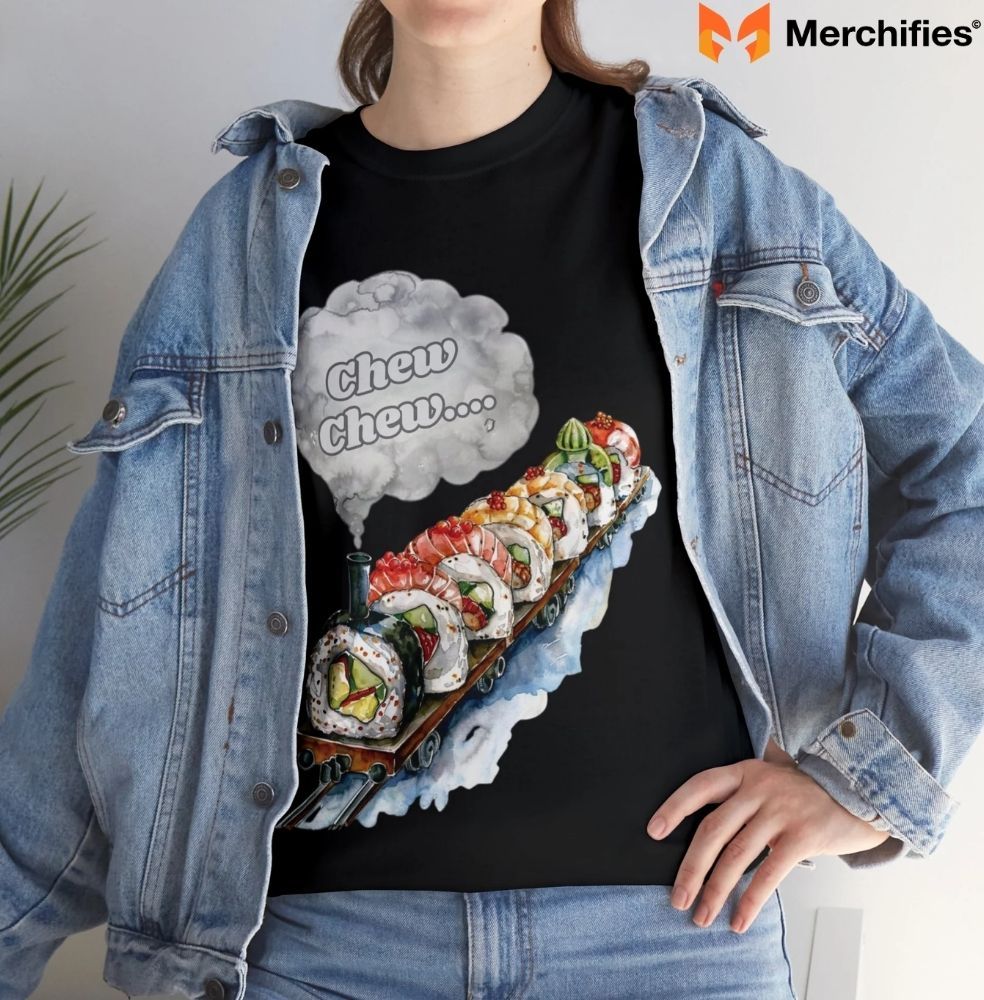
Key Features to Look for in High-Quality Sushi & Japanese Chef Shirts
Choosing the right sushi chef shirt isn't just about appearance; it's about investing in tools that support performance. Several key features distinguish high-quality culinary attire.
Fabric & Material Choices
The foundation of any good chef uniform is its fabric.
- Breathability: Crucial for staying comfortable in warm kitchen environments. Natural fibers like cotton or advanced performance blends excel here.
- Durability & Longevity: Chef shirts must withstand frequent washing and the rigors of daily use. Strong, tear-resistant materials ensure a longer lifespan.
- Stain Resistance & Easy Care: Kitchen life is messy. Fabrics that repel stains or are easy to clean are incredibly practical, minimizing laundry headaches.
- Moisture-Wicking Properties: Essential for keeping chefs cool and dry, these properties draw sweat away from the body, preventing discomfort and chafing.
Fit & Ergonomics
A well-fitting Japanese chef uniform allows chefs to perform at their best.
- Freedom of Movement: The cut should allow for unrestricted arm and torso movement, critical for precise knife work and efficient kitchen operations.
- Comfortable Neckline & Sleeves: Mandarin collars are common, offering a neat look without constriction. Chefs can choose between short-sleeve for warmer kitchens or long-sleeve options for added protection and traditional aesthetics.
- Unisex vs. Tailored Fits: While many chef coats are unisex, tailored fits can offer enhanced comfort and a more professional silhouette for individual body types.
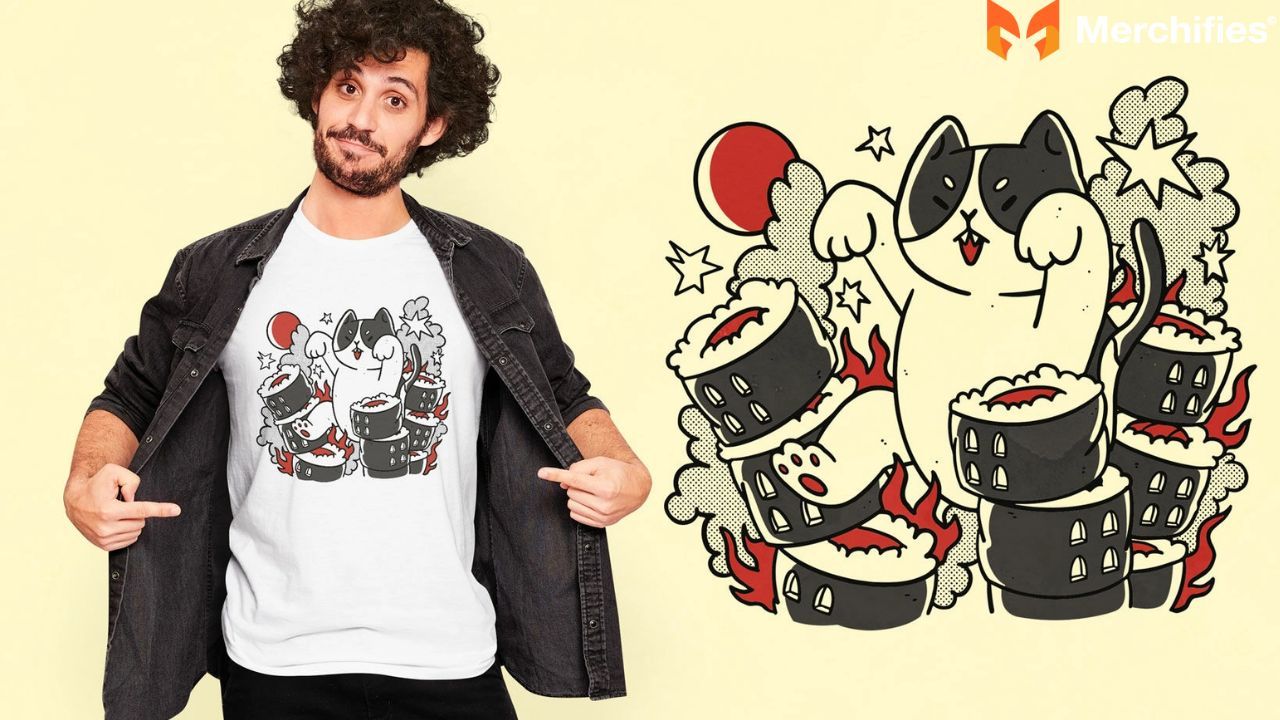
Closures & Fasteners
The method of closure impacts both aesthetics and practicality.
- Traditional Ties: Often found on kimono-style japanese chef shirts, these offer a classic aesthetic and an adjustable, comfortable fit.
- Snaps or Buttons: Practical for quick changes, secure fastening, and maintaining hygiene, especially in modern designs.
Pockets & Utility
Strategic placement of pockets can make a chef's life easier. Small, easily accessible pockets are ideal for holding thermometers, pens, or other essential tools without hindering movement.
Venting & Airflow
For ultimate comfort in hot kitchens, look for sushi chef shirts with mesh panels or underarm vents. These features significantly enhance airflow, helping to regulate body temperature and reduce overheating.
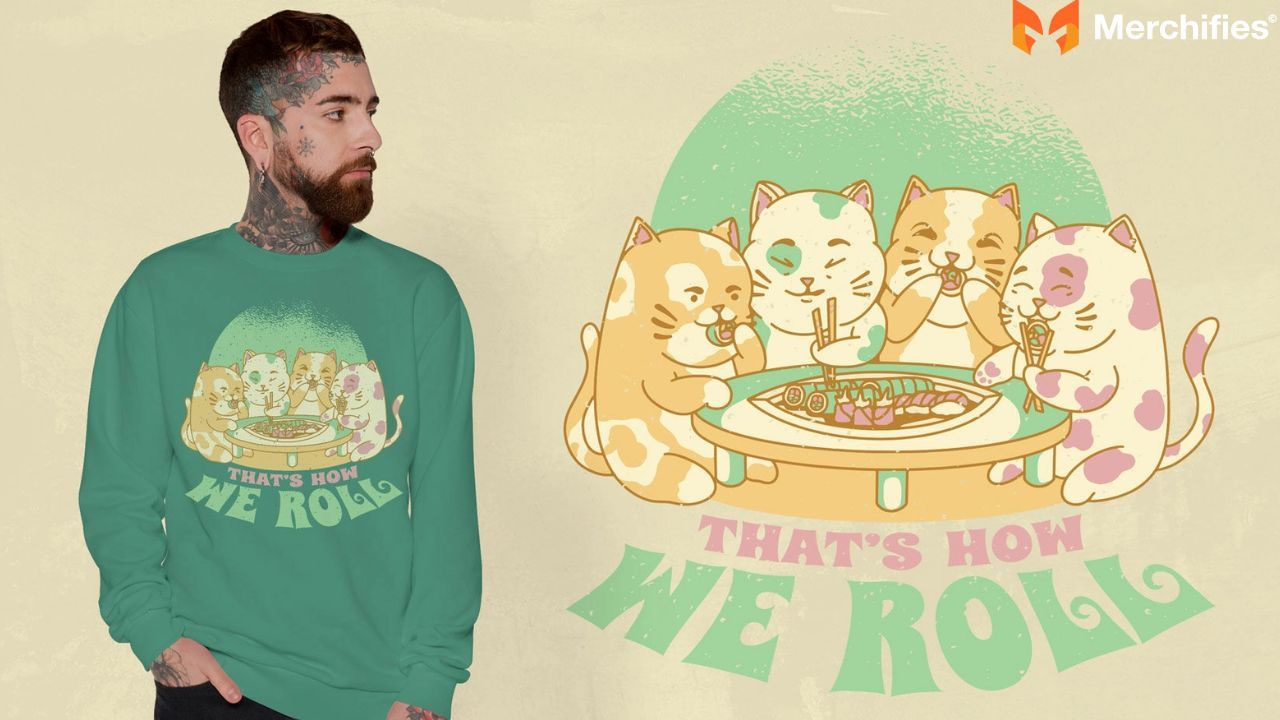
Exploring the Styles: Types of Sushi & Japanese Chef Shirts
The world of Japanese chef attire is rich with diverse styles, each carrying its own history and practical application. Understanding these variations helps in choosing the most appropriate chef uniform.
Traditional Japanese Chef Coats (Hakui/Ryouri-gi)
At the heart of authentic Japanese chef uniform lies the Hakui or Ryouri-gi. These kimono-style wrap designs are deeply steeped in cultural context. Often pristine white, they symbolize purity and cleanliness, reflecting the sacredness of the culinary art. Subtle patterns or single-color piping might be the only embellishment, allowing the chef's skill to be the focal point. According to Eli Wilder, "The Hakui is more than just fabric; it's a living symbol of the chef's dedication to tradition and the reverence for their ingredients."
Modern Sushi Chef Jackets
While tradition is cherished, modern kitchens often call for contemporary designs. These sushi chef jackets blend sleek aesthetics with cutting-edge functionality. They often feature mandarin collars, contemporary cuts, and integrated advanced fabrics for breathability and flexibility. While white remains popular, a variety of colors beyond traditional white, such as black or grey, are now common, offering a professional yet updated look.
Work Shirts (Samue-inspired)
For general kitchen tasks, prep work, or even casual Japanese dining establishments, Samue-inspired work shirts offer a relaxed, utilitarian style. These typically feature cross-over or simple button-front designs. The emphasis here is on comfort and ease of wear, providing a practical alternative to more formal chef coats for everyday tasks.
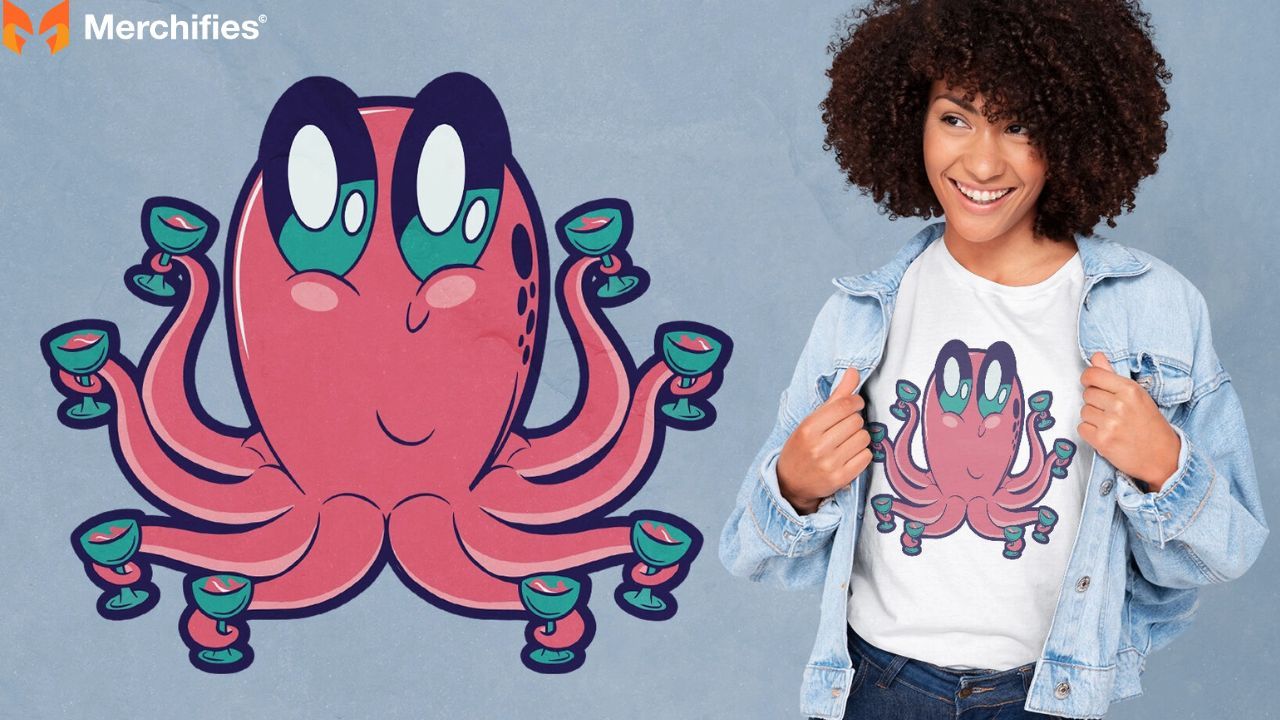
Kappo Gi (Traditional Japanese Apron/Smock)
While not strictly a shirt, the Kappo Gi is an indispensable component of traditional Japanese chef attire and is often discussed in this context. This full-coverage garment, resembling a smock or an artist's apron, is worn over other clothes. Its primary function is protection and cleanliness, ensuring the chef's underlying attire remains spotless during intensive cooking. It's a key layer that complements the sushi chef shirt in many traditional settings.
Headwear & Accessories
Completing the professional look often involves appropriate headwear. Hachimaki (traditional Japanese headbands) and bandanas serve not only to manage hygiene by keeping hair out of food but also to add a touch of authentic flair and professionalism.
Material Matters: Decoding Fabric Choices for Chefs
The fabric of your sushi chef shirts or japanese chef shirts directly impacts comfort, durability, and how well it performs in the demanding kitchen environment. Understanding the pros and cons of different materials is crucial.
100% Cotton
- Pros: Renowned for superior breathability and a natural, soft feel against the skin. Cotton is highly absorbent, which can be beneficial in humid conditions.
- Cons: Tends to wrinkle easily and can absorb stains more readily than synthetic blends, requiring more diligent care.
Poly-Cotton Blends
- Pros: A popular choice for chef uniforms due to enhanced durability, excellent wrinkle resistance, and easier stain release. Poly-cotton blends also tend to hold their shape better after washing.
- Cons: Generally less breathable than pure cotton, and some chefs might find the feel slightly less natural.
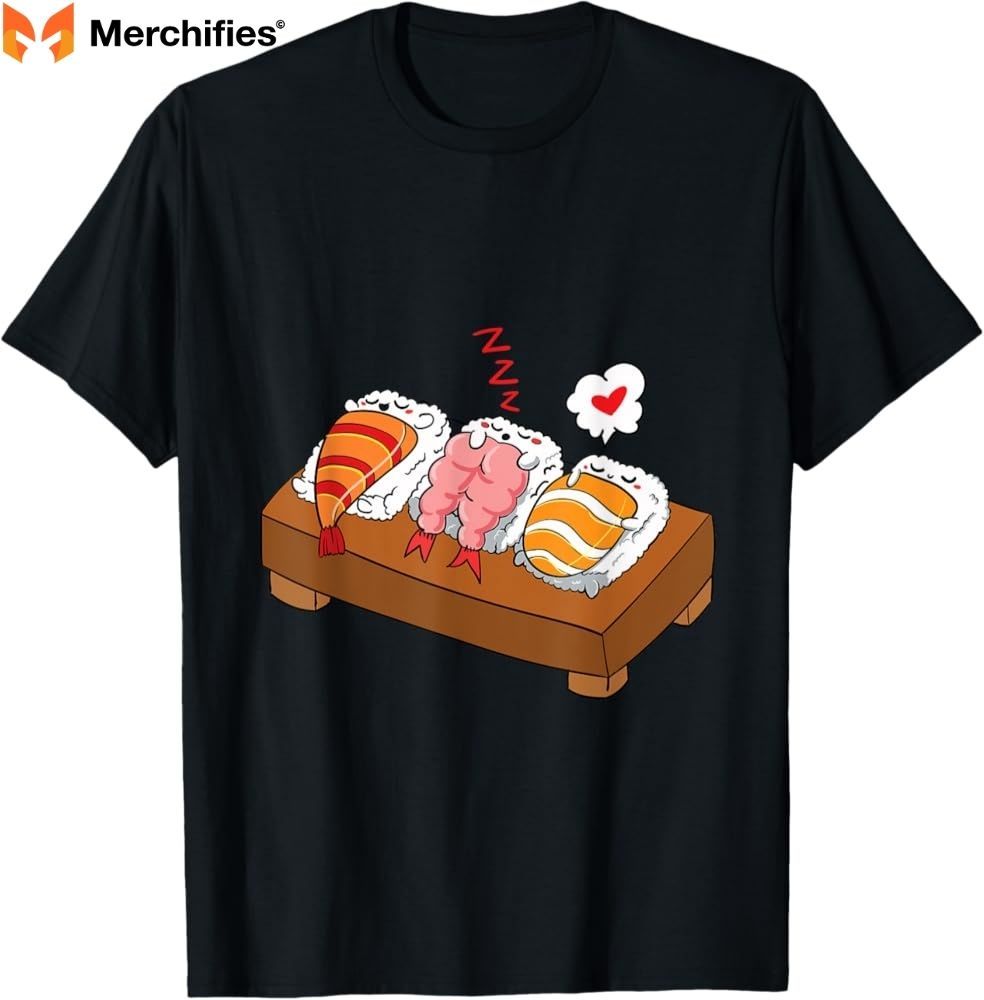
Specialized Performance Fabrics
The forefront of culinary apparel innovation features specialized performance fabrics. These offer:
- Moisture-Wicking: Actively draw sweat away from the body, crucial for staying dry and comfortable.
- Antimicrobial: Help inhibit the growth of odor-causing bacteria, promoting better hygiene and freshness.
- Stretch Fabrics: Provide ultimate comfort and unrestricted movement, especially in modern, fitted designs.
- Innovations: Many fabrics now incorporate technologies for advanced temperature regulation and odor control, keeping chefs comfortable throughout long shifts.
Color & Pattern Choices
Colors in Japanese chef uniform also carry significance and practical benefits.
- White: The classic choice, symbolizing purity, cleanliness, and tradition in Japanese culinary arts. It instantly conveys a sense of professionalism.
- Black/Dark Hues: Gaining popularity in modern kitchens, dark colors offer a sleek, contemporary, and professional look. They are also highly practical for hiding minor stains that can inevitably occur during service.
- Subtle Japanese-Inspired Patterns: For those seeking a unique touch, Japanese chef shirts with subtle patterns like seigaiha (waves) or asanoha (hemp leaf) can add a sophisticated touch of cultural elegance without being overly distracting.
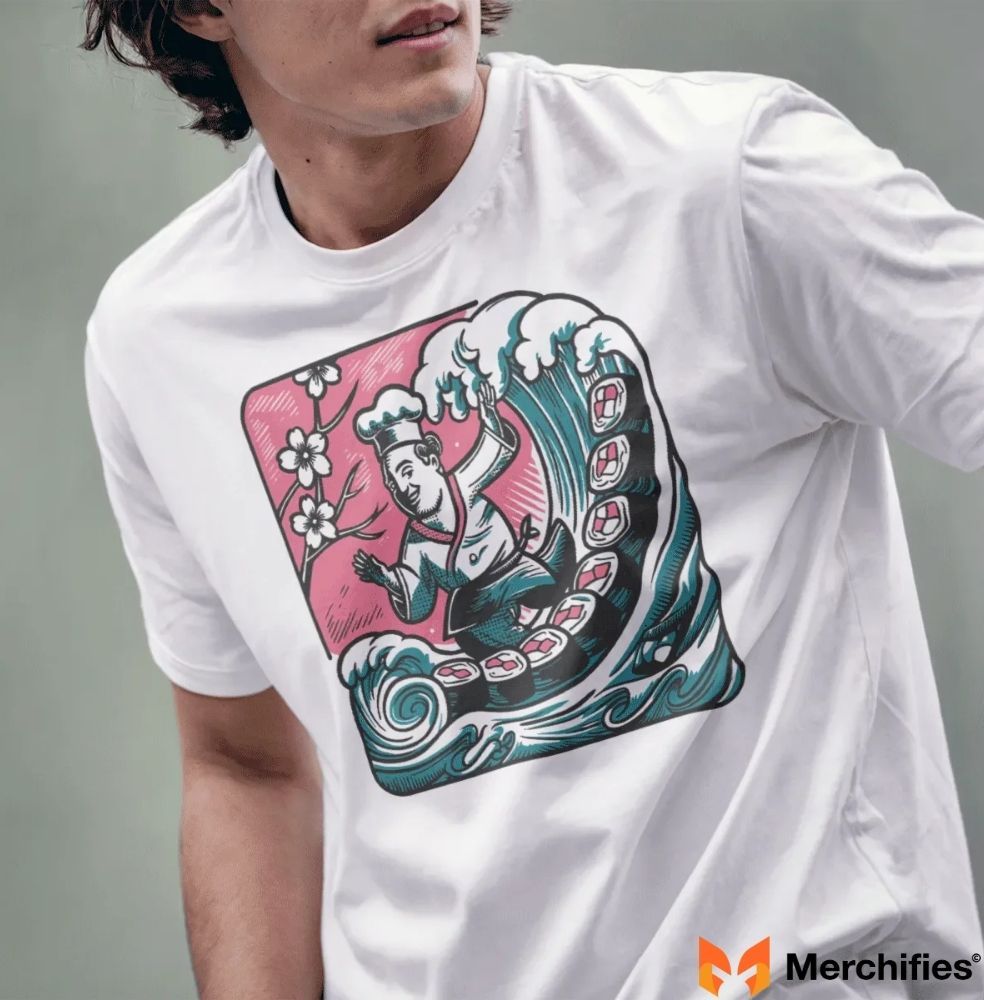
Where to Buy Sushi Chef Shirts & Japanese Chef Uniforms
Finding the right sushi chef shirts or Japanese chef uniform can make all the difference in your daily work. Here's where to look for quality attire.
Specialty Culinary Apparel Retailers
These are often the first stop for professionals. Trusted brands specializing in chef wear offer a wide selection of high-quality chef coats and sushi chef uniform components. They understand the specific needs of the culinary industry and provide durable, functional, and stylish options. Look for retailers known for their commitment to excellence and customer service.
Online Marketplaces
Platforms like Amazon, Etsy, and dedicated culinary wear e-commerce sites offer a vast selection from numerous vendors. This allows you to compare styles, prices, and reviews easily. Etsy, in particular, can be a treasure trove for unique, handcrafted, or artisan-made traditional Japanese chef attire or kimono chef jacket styles, perfect if you're looking for something truly distinctive.
Japanese Traditional Clothing Stores
For the most authentic and artisanal garments, especially traditional Hakui or Samue, seeking out specialized Japanese traditional clothing stores or importers is ideal. These shops often carry garments made with traditional fabrics and techniques, ensuring genuine cultural accuracy and superior craftsmanship.
Custom & Branded Options
Many restaurants and individual chefs opt for custom and branded chef uniforms. This allows for the creation of a unique identity through embroidered logos, custom color schemes, or specific design modifications. It’s an excellent way for a restaurant to solidify its brand image and for chefs to exude personal professionalism. When asked about personalization, Eli Wilder advises, "A custom uniform isn't just clothing; it's a wearable billboard for your culinary brand and a testament to your commitment."
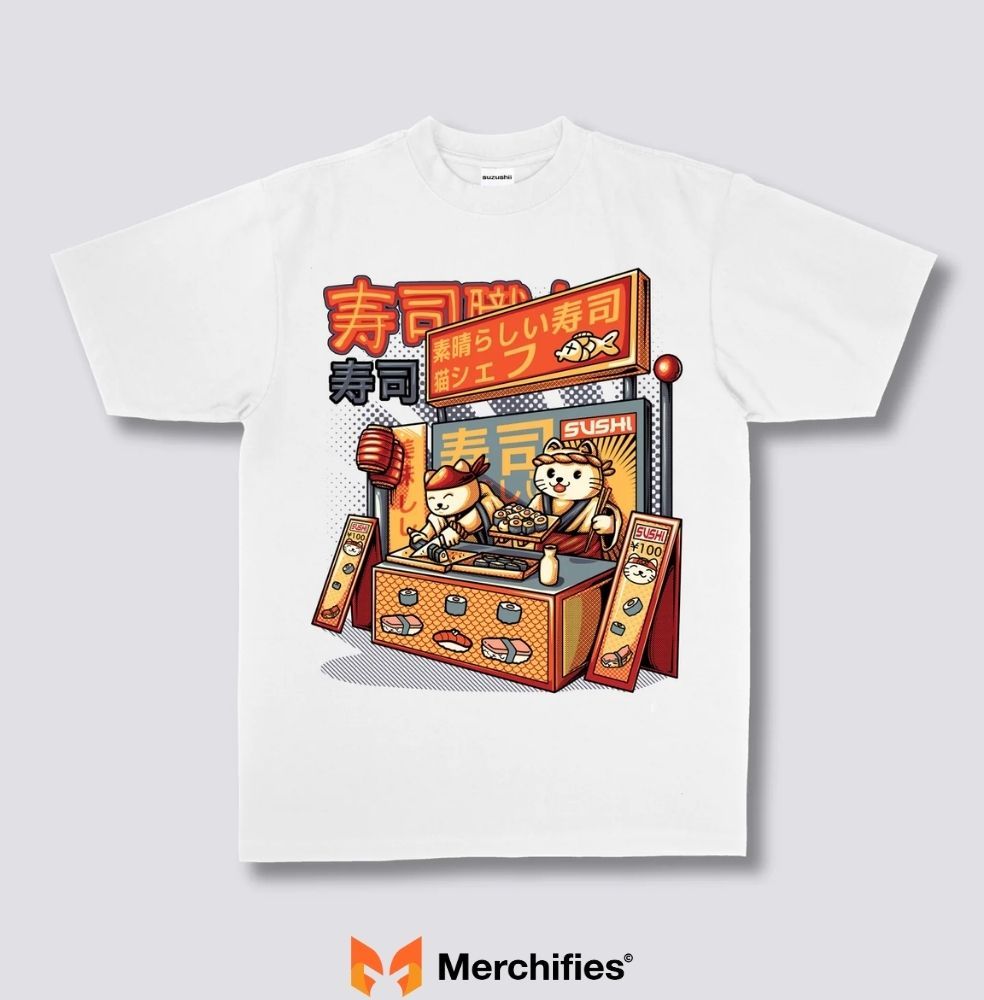
Care & Maintenance: Ensuring Longevity and Cleanliness
Your sushi chef shirts are an investment in your professionalism. Proper care and maintenance are essential to ensure their longevity, maintain their pristine appearance, and uphold kitchen hygiene.
Washing Instructions
Always follow the specific washing instructions on your garment's label, as different fabric types require different care.
- For 100% Cotton: Wash in cold or warm water with a gentle cycle to prevent shrinking and fading. Tumble dry on low or hang to dry.
- For Poly-Cotton Blends: Can often withstand warmer washes and tumble drying on medium heat, making them slightly lower maintenance.
- For Performance Fabrics: Typically require cold water and a delicate cycle, avoiding fabric softeners which can clog the wicking properties. Air drying is often recommended.
Stain Removal Tips
Kitchen work is synonymous with stains. Here are strategies for tackling common culprits:
- Oil & Grease: Pre-treat with a grease-cutting dish soap before washing.
- Soy Sauce: Rinse immediately with cold water, then apply a stain remover.
- Fish/Blood: Always use cold water first, as hot water can set protein stains. Hydrogen peroxide can be effective for stubborn bloodstains.
- General Stains: A good quality pre-treater or an oxygen-based bleach can work wonders for stubborn marks, ensuring your chef uniform remains spotless.
Storage & Ironing
To keep your sushi chef shirts crisp and professional:
- Storage: Hang your chef coats immediately after washing and drying to prevent wrinkles. Use sturdy hangers to maintain their shape.
- Ironing: Ironing on the appropriate setting for the fabric type will ensure a sharp, polished look ready for service. For wrinkle-resistant blends, a quick steam might be all that's needed.
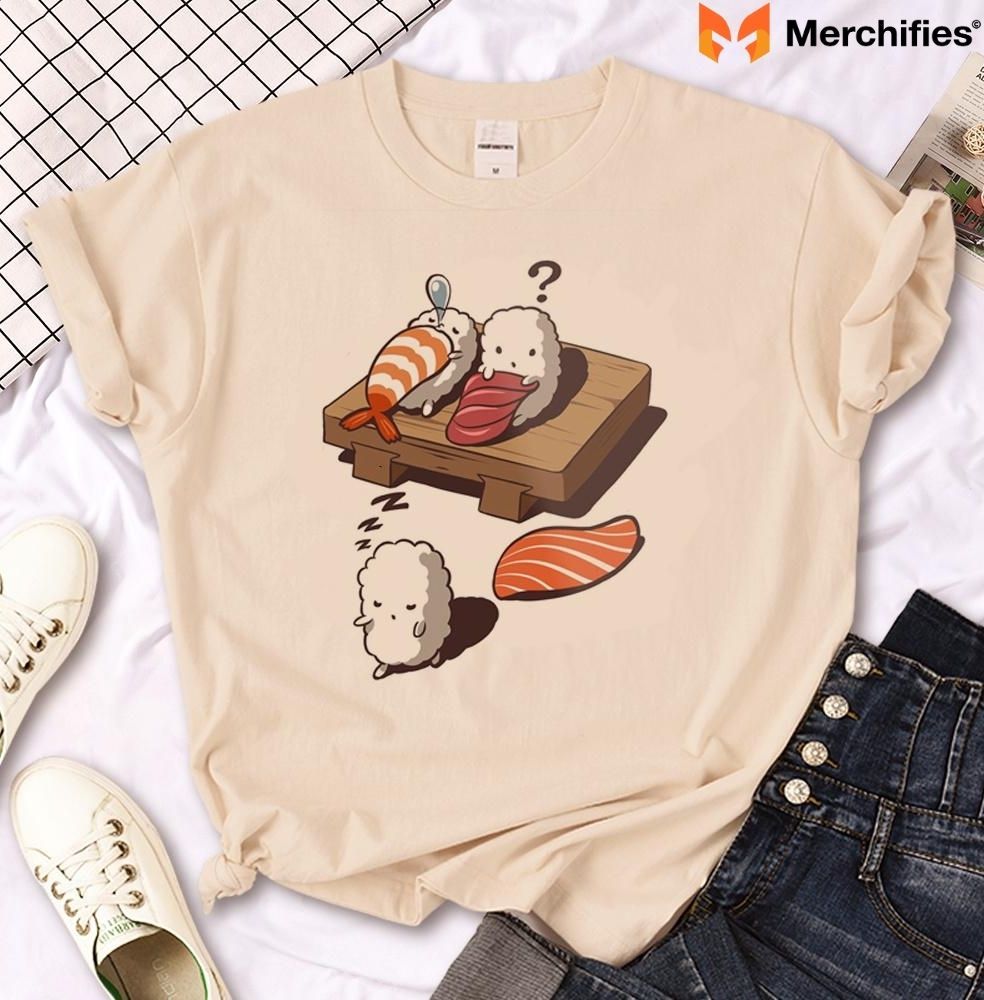
Conclusion: Donning Your Professional Identity with Pride
From the bustling energy of a traditional sushi bar to the meticulous calm of a high-end Japanese restaurant, the sushi chef shirts and Japanese chef shirts worn by culinary artists are far more than just garments. They are a profound statement of professionalism, a commitment to hygiene, and a living tribute to centuries of tradition.
We've journeyed through the critical factors in choosing the ideal sushi chef uniform – from breathable fabrics and ergonomic fits to culturally significant styles like the kimono chef jacket and the practicalities of care. As Eli Wilder aptly concludes, "Your uniform is the first impression you make, even before the first dish is served. It's an essential extension of your dedication, your skill, and your profound respect for the craft of Japanese cuisine."
Investing in high-quality Japanese chef shirts that align with your needs and aesthetic preferences isn't merely an expense; it's an investment in your professional identity. Choose wisely, wear it with pride, and let your attire reflect the excellence you bring to every dish.